Choosing the Ideal Knife for Vegetables: A Comparison of Top Choices
- February 2, 2024
- 0 comment
When it comes to preparing vegetables, having the right knife can make all the difference. Whether you’re slicing, dicing, or chopping, the ideal knife can help you achieve precision and efficiency in the kitchen. With a plethora of options available, choosing the right knife for vegetables can be a daunting task. In this article, we’ll compare some of the top choices to help you make an informed decision.
Understanding the Different Types of Vegetable Knives
Before delving into the comparison, it’s essential to understand the various types of knives designed specifically for vegetable preparation. Here are some of the most common ones:
- Chef’s Knife: A versatile, multipurpose knife that is well-suited for a wide range of kitchen tasks, including vegetable preparation.
- Santoku Knife: Originating from Japan, the Santoku knife is known for its precision and is often used for slicing, dicing, and mincing vegetables.
- Paring Knife: A small knife with a plain edge blade, ideal for intricate tasks such as peeling, trimming, and slicing small fruits and vegetables.
- Nakiri Knife: With its straight blade and squared-off tips, the Nakiri knife is designed specifically for slicing and dicing vegetables with ease.
- Utility Knife: A mid-sized knife that falls between a paring knife and a chef’s knife, suitable for handling various vegetable cutting tasks.
Comparison of Top Vegetable Knives
Chef’s Knife
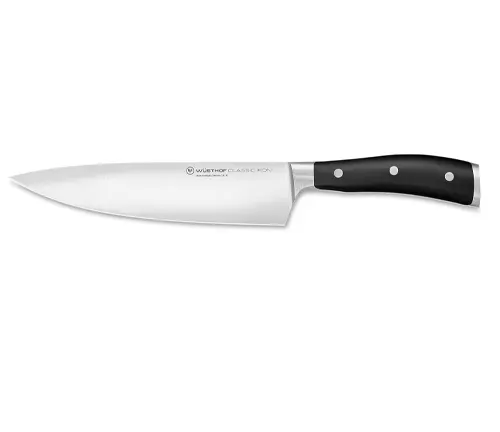
Pros
- Versatile and suitable for a wide range of kitchen tasks.
- Can handle larger vegetables with ease.
- Typically available in various sizes to suit individual preferences.
Cons
- May not offer the same precision as specialized vegetable knives.
Description: The chef’s knife, also known as a cook’s knife, is a multi-purpose knife characterized by a broad blade that curves upwards towards the tip, allowing for a rocking motion for ease of chopping. It usually ranges in size from 6 to 12 inches.
Usage: This all-purpose kitchen knife is suitable for a variety of kitchen tasks, including chopping, dicing, slicing, and mincing. Its versatility and ergonomic design make it an essential tool for both professional chefs and home cooks.
Santoku Knife
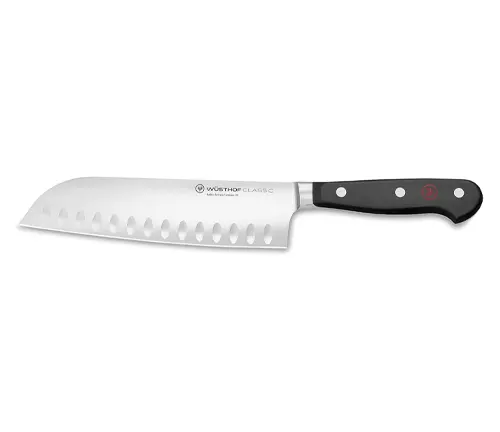
Pros
- Well-balanced and comfortable to handle.
- Often features a Granton edge which prevents food from sticking to the blade.
Cons
- Not as suitable for tasks requiring a rocking motion due to its straighter edge.
Description: The Santoku knife is a Japanese-style knife similar to the Western chef’s knife. It typically features a thinner blade than the chef’s knife, yet similar in length, with a flat edge that doesn’t allow for rocking back and forth on a cutting board. It often has a granton edge (a row of hollow-ground ovals or divots) to prevent food from sticking to the blade.
Usage: The Santoku knife is known for its versatility, making it a general-purpose kitchen knife suitable for cutting, slicing, and chopping a wide variety of ingredients, including meats, fish, and vegetables. It excels at making thin slices and precise cuts, making it a popular choice for home and professional chefs alike.
Paring Knife
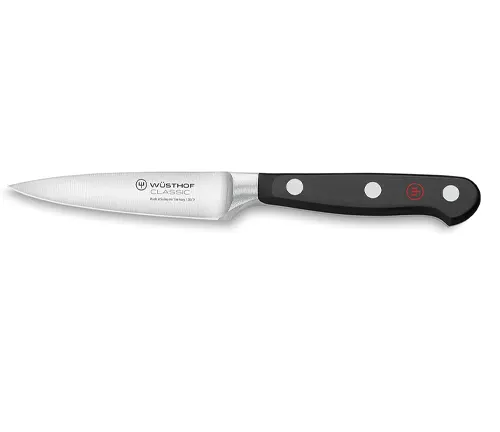
Pros
- Ideal for intricate tasks such as peeling and trimming.
- Offers great control and precision for detailed work on vegetables.
Cons
- Less effective for handling larger or tougher vegetables.
Description: The paring knife is a small, versatile knife with a plain edge blade that is ideal for peeling and other small or intricate work, such as de-veining a shrimp, removing the seeds from a jalapeño, or cutting small garnishes. It typically has a blade length of 2 to 4 inches and a pointed tip.
Usage: Its small size and maneuverability make it perfect for tasks that require precision, such as hulling strawberries, deveining shrimp, or slicing small fruits. The pointed tip allows for intricate cuts and detail work, making it an essential tool for tasks that demand fine and delicate cutting techniques.
Nakiri Knife
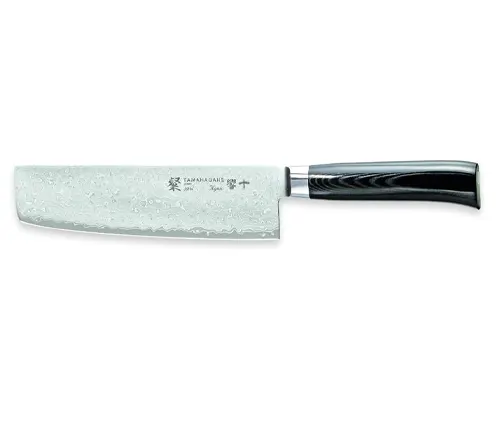
Pros
- Specifically designed for slicing and dicing vegetables.
- Straight blades and squared-off tips make it easier to chop through vegetables with a single motion.
Cons
- Less versatile for tasks beyond vegetable preparation.
Description: The Nakiri knife is a Japanese-style vegetable knife characterized by its straight blade edge and squared-off tips, making it ideal for push-cutting and chopping vegetables. It features a thin, double-beveled blade that enhances its precision and control while cutting through vegetables.
Usage: The Nakiri knife is specifically designed for slicing, dicing, and chopping vegetables with efficiency and accuracy. Its straight blade edge and flat profile allow for a precise downward cut, making it suitable for achieving thin, uniform slices of vegetables. The squared-off tip enables the user to perform intricate vegetable cuts and intricate vegetable preparations.
Utility Knife
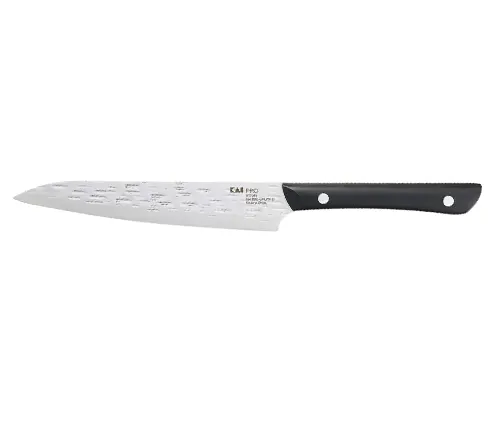
Pros
- Versatile for various kitchen tasks, including vegetable preparation.
- Offers a good balance between a paring knife and a chef’s knife.
Cons
- Might not excel in specialized vegetable-cutting tasks as much as dedicated vegetable knives.
Description: A mid-sized knife that falls between a paring knife and a chef’s knife, featuring a blade of around 4 to 7 inches in length. It is narrower and shorter than a chef’s knife, yet larger than a paring knife, offering versatility for various kitchen tasks.
Usage: Suitable for a wide range of kitchen activities, including cutting, slicing, and dicing fruits, vegetables, and small cuts of meat. It’s an all-purpose knife that can handle tasks that may be too small for a chef’s knife and too large for a paring knife.
Factors to Consider When Choosing a Vegetable Knife
When choosing the ideal knife for vegetables, several factors should be taken into account to ensure that it meets your specific needs and preferences. Some of the key considerations include:
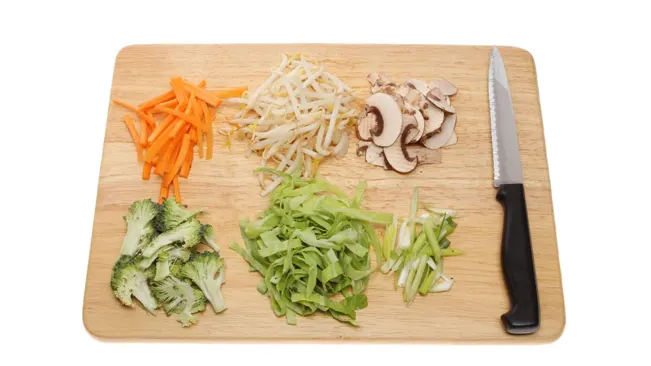
Blade Material
Durability and Sharpness: Opt for high-quality stainless steel or carbon steel blades, as they offer durability and excellent edge retention, ensuring that the knife remains sharp for an extended period. Stainless steel is resistant to corrosion, while carbon steel blades are known for their exceptional sharpness and ease of sharpening.
Blade Design
Shape and Edge: Consider the shape and edge of the blade based on your cutting style and the types of vegetables you frequently prepare. For instance, a Nakiri knife with a straight blade edge is well-suited for precise push-cutting and chopping of vegetables, while a serrated blade might be preferable for slicing through tough-skinned vegetables or fruits.
Comfort and Grip
Handle Ergonomics: Prioritize a comfortable handle with a secure grip to ensure optimal control and reduced hand fatigue during prolonged use. The handle material and design should provide a comfortable and secure grip, promoting safe and efficient cutting.
Maintenance
Ease of Cleaning and Sharpening: Consider the knife’s maintenance requirements, including ease of cleaning and sharpening. Knives with smooth, non-porous handles and minimal gaps between the blade and the handle are easier to clean. Additionally, the blade material and design should allow for straightforward sharpening to maintain its cutting performance over time.
By carefully considering these factors, you can select a vegetable knife that aligns with your cutting preferences, comfort needs, and long-term maintenance requirements, ensuring an enjoyable and efficient vegetable preparation experience in the kitchen.
Conclusions
When it comes to choosing the ideal knife for vegetable preparation, understanding the specific characteristics and uses of each type of knife is essential. The chef’s knife, Santoku knife, paring knife, Nakiri knife, and utility knife each offer unique features and advantages suited to different vegetable-cutting tasks.
Factors such as blade material, design, comfort, grip, and maintenance should be carefully considered to ensure that the selected knife aligns with individual cutting preferences and long-term usage requirements. By making an informed decision based on these factors, individuals can enhance their vegetable preparation experience in the kitchen, achieving precision and efficiency with the right tool for the job.
Frequently Asked Questions (FAQs)
1. What is the best knife for chopping vegetables?
The Nakiri knife is specifically designed for chopping vegetables, featuring a straight blade edge and squared-off tips that make it easier to chop through vegetables with a single motion, ensuring efficiency and precision.
2. Can a chef’s knife be used for vegetable preparation?
Yes, a chef’s knife is a versatile option suitable for a wide range of kitchen tasks, including vegetable preparation. Its broad blade and curved tip allow for efficient chopping, slicing, and dicing of various vegetables.
3. Which knife is best for precision work on vegetables?
The paring knife is ideal for precision work on vegetables, offering great control and precision for tasks such as peeling, trimming, and creating detailed garnishes.
4. What should I consider when choosing a vegetable knife?
When choosing a vegetable knife, consider factors such as blade material for durability and sharpness, blade design for suitability to your cutting style, handle comfort and grip for prolonged use, and maintenance requirements for long-term usability.
5. Are there specific knives for slicing and dicing vegetables?
Yes, the Nakiri knife is specifically designed for slicing and dicing vegetables with ease, offering precise control and efficiency for various vegetable preparation tasks.
6. What is the difference between a Santoku knife and a chef’s knife for vegetable preparation?
The Santoku knife features a thinner blade than a chef’s knife and a flat edge that doesn’t allow for rocking back and forth on a cutting board, making it well-suited for slicing, dicing, and mincing vegetables with precision.
7. Can a utility knife handle vegetable cutting tasks effectively?
Yes, a utility knife is versatile for various kitchen tasks, including vegetable preparation. It offers a good balance between a paring knife and a chef’s knife, making it suitable for handling a variety of vegetable cutting tasks.
8. What are the advantages of a Nakiri knife for vegetable preparation?
The Nakiri knife’s straight blade and squared-off tips are designed specifically for slicing and dicing vegetables with efficiency and accuracy, allowing for uniform slices and accurate dicing.
9. Which knife is suitable for intricate vegetable preparation tasks?
The paring knife is ideal for intricate tasks such as peeling, trimming, and detailed work on vegetables, offering great control and precision for delicate cutting tasks.
10. What type of blade material is best for vegetable knives?
High-quality stainless steel or carbon steel blades are recommended for vegetable knives, offering durability, excellent edge retention, and ease of sharpening for prolonged sharpness.

Arthur Grant
With a profound expertise in all kinds of knives and a specialized focus on knife sharpening, I've established myself as a leading figure in the knife community. My journey began with a keen interest in the multifaceted world of knives, spanning from culinary masterpieces to tactical tools. This passion led me to explore and master the art and science of knife sharpening, blending age-old techniques with cutting-edge methods to ensure optimal performance of every blade. My commitment to sharing this wealth of knowledge led to the creation of a dedicated blog, where I engage with a community of knife enthusiasts. Through this platform, I offer a wealth of resources including detailed reviews, insightful tutorials, and the latest in knife trends and innovations. My aim is to educate and inspire, providing valuable information on the proper care, maintenance, and usage of knives, catering to both professionals and hobbyists alike.

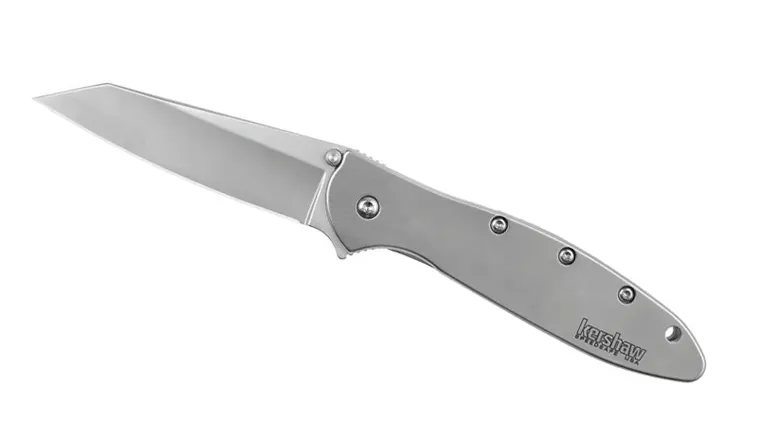

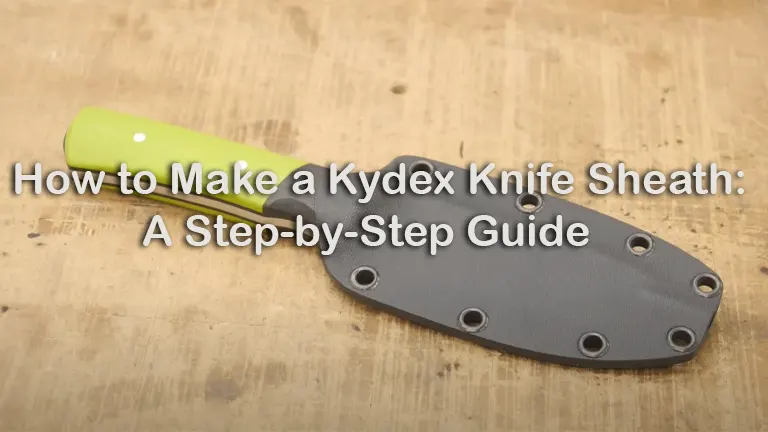
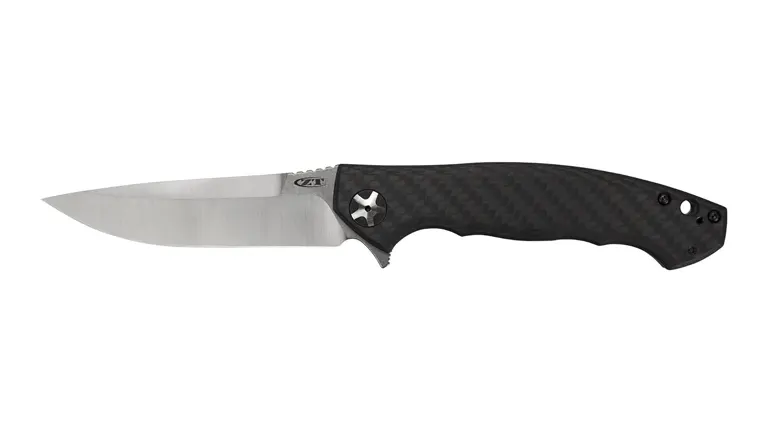

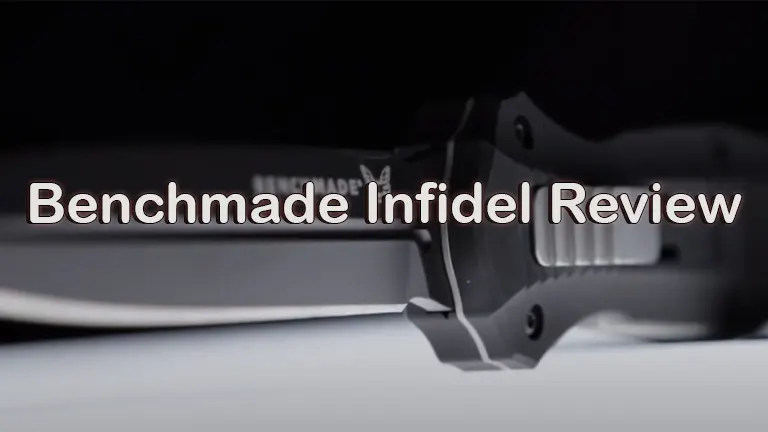
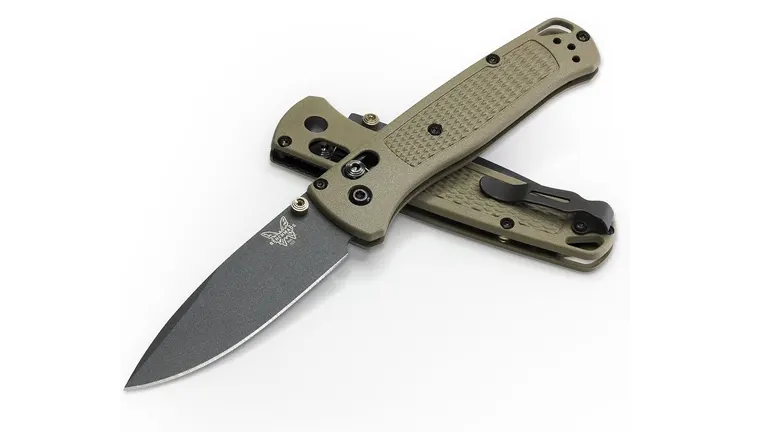
Leave your comment